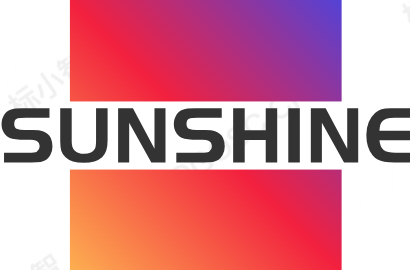What is the decoration style in Thailand?
Thailand’s decoration style is a captivating fusion of traditional heritage, tropical practicality, and modern minimalism, often characterized by intricate craftsmanship, natural materials, and serene color palettes. Here’s a breakdown of the key styles and their defining features:
1. Traditional Thai Style
Key Features:
-
Ornate Woodwork: Teak carvings with motifs like “Kranok” (flame-like patterns) and “Naga” (mythical serpent).
-
Luxurious Textiles: Handwoven Thai silk (e.g., Mudmee tie-dye) and gold-thread embroidery.
-
Sacred Geometry: Symmetrical layouts inspired by Buddhist temples, with raised platforms and open pavilions (“Salà”).
-
Colors: Gold, deep reds, emerald greens, and saffron (inspired by monk robes).
Example: Grand palaces like Wat Arun or luxury resorts (Four Seasons Chiang Mai).
2. Tropical Thai Style
Key Features:
-
Natural Materials: Bamboo, rattan, coconut wood, and water hyacinth weaves.
-
Open-Air Flow: Large windows, high ceilings, and indoor-outdoor living spaces.
-
Earthy Palette: Sandy beiges, leafy greens, and ocean blues.
-
Plants: Banana trees, orchids, and ferns in terracotta pots or woven baskets.
Example: Beach villas in Phuket or Koh Samui.
3. Modern Thai (Thai Contemporary)
Key Features:
-
Minimalist Lines: Clean silhouettes with subtle Thai motifs (e.g., laser-cut Lanna patterns on sliding doors).
-
Neutral Base: White walls, taupe, and soft grays accented with bold jewel tones.
-
Mixed Materials: Concrete paired with reclaimed teak or hammered copper.
Example: Bangkok condos (The Sukhothai Residences) or cafes (Blue Whale Bangkok).
4. Thai Industrial
Key Features:
-
Raw Textures: Exposed brick, polished concrete, and black steel.
-
Local Touches: Mudmee fabric on industrial-style sofas, clay pottery as lighting.
-
Open Layouts: High ceilings with rattan pendant lights.
Example: Lofts in Charoenkrung Creative District.
5. Thai Scandinavian (Scandi-Thai)
Key Features:
-
Neutral + Warm Woods: Light oak with woven seagrass rugs.
-
Functional Simplicity: Low-platform beds with linen drapes.
-
Pops of Color: Mustard yellows or indigo (inspired by Isan textiles).
Example: Cafés like Sarnies Bangkok or minimalist homes.
6. Thai Bohemian (Boho-Thai)
Key Features:
-
Eclectic Layers: Hill tribe embroidery, macramé, and hand-painted ceramics.
-
Global Fusion: Moroccan lanterns paired with Thai bamboo screens.
-
Vibrant Colors: Turquoise, terracotta, and mango yellow.
Example: Boutique hotels (The Mustang Nero in Bangkok).
7. Smart Thai (Tech-Integrated)
Key Features:
-
Hidden Tech: Voice-controlled rice-paper lanterns, smart mirrors with gold-leaf frames.
-
Sustainable Tech: Solar-powered “Krathong” lamps, hempcrete walls.
Example: Luxury smart homes (Baan Siri, designed by P49).
Why Thai Design Stands Out
-
Cultural Storytelling: Every material/pattern has a historical or spiritual meaning.
-
Adaptability: Blends effortlessly with global styles (e.g., Japandi-Thai).
-
Sustainability: Prioritizes local, renewable materials (bamboo grows 1m/day in Thailand!).
Looking for a style guide for your space? Share your project type (e.g., condo, resort, café), and I’ll tailor recommendations!
This article is from a submission and does not representThailand Interior Decoration _ House Interior Decoration _ Decoration Design Company-Sunny Cottageposition,If reproduced, please indicate the source:https://www.decorationbydiana.com/21920/
